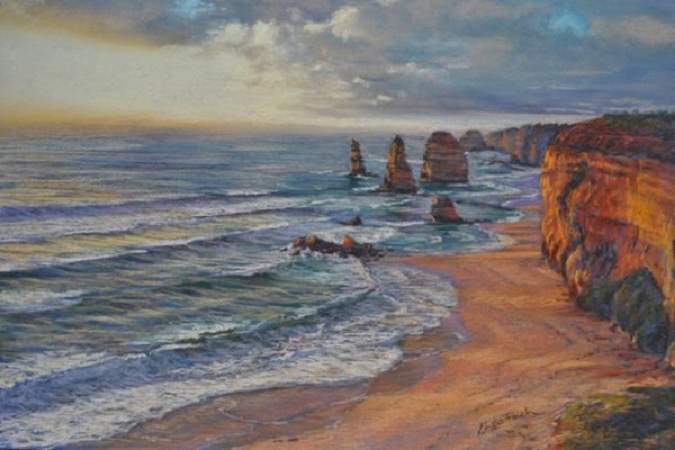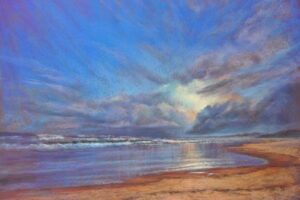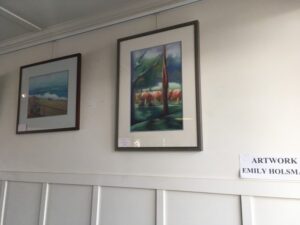Pastels have been around us for decades. The human history is filled with artists who used the art medium to draw stunning pieces of paintings. However, unlike today, the earliest colourful crayons were limited in types.
In the modern world, there are many types of pastels- including soft, hard, pan, pencils, and oil. They are different from each other in terms of pigment concentration and binding ability. Depending on their characteristics, pastels can be used to draw different types of paintings.
Many amateur and experienced artists today use oil pastels to push their artistic limits to draw exceptional prints. It is because these pastels are versatile and consistent. Like other pastel types, they do not crumble easily or release airborne dust. Whether you are drawing animal art prints or a simple object from the real world around you, oil pastels offer distinctive consistency and many other properties that other pastels lack.
Oil pastels are similar to other oil paints but without smelly chemicals. In addition, they are more stable than other pastels and do not need a fixative. Instead of gum as a binder, they have wax and oil. They help produce bright and intense colours without crumbling and smudging.
Oil pastels are better art mediums than many others, but it is necessary to use them in the right way to get the most out of them. These creative sticks are advantageous but aren’t easy to work with, especially when you are drawing as a professional. For example- If you are painting a wall art of boats using oil pastels, it is necessary to make sure that you do not overuse the sticks or mix them unnecessarily with other pastels.
Tips And Tricks To Use Oil Pastels
Oil pastels may seem complex to work with but they aren’t when you know the right procedure to use them. One of the best ways to get started with the pastels is understanding them. Using them should be the last thing you do with them.
Oil pastels are easy to spread and mix with other pastels. In addition, they blend very easily. Instead of applying them with a heavy hand, go a bit easy with them.
Surface as a medium plays a vital role when it comes to working with oil pastels. It is necessary to choose the perfect surface for the pastels. There are many kinds of surfaces suitable for working with oil pastels. Choose one as per your print type. When you are drawing beach art prints, ensure that your surface colour goes well with your object.
Feathering is an important part of painting with oil pastels. It helps transform tones from light to dark and vice versa. Use the technique to give the perfect tone to your print.
Another popular oil pastel painting technique is stippling. It allows adding small dots to a print and gets a shading effect.
Wet or dry, oil pastels work well on any kind of surface- including board, paper, canvas, wood, and metal. All you need to do is be confident while applying the colours.
The temperature may also affect oil pastels’ firmness. They are softer when warm. On the other side, they are firm when cool.
When finished, prints made using oil pastels should be glazed.
Instead of adding large quantities of pastel quickly to your print, take your time. Define the edges and carefully clean up them.
Conclusion
The more you learn about oil prints, the more they become interesting art mediums. From wall art of beaches and art prints of people to arts of many types, you can draw almost anything with these modern mediums of painting. All you need to do is understand them and their working. Ensure that you do not overuse them. Make their right use and draw a masterpiece.
If you are looking for inspiration or want to buy art prints for your place, then come to Pastel Art Prints. We have an extensive range of pastel prints drawn by experienced artists. They are inspired by the real world and are available in limited numbers. You can pick any of them to enhance the beauty of your place.



